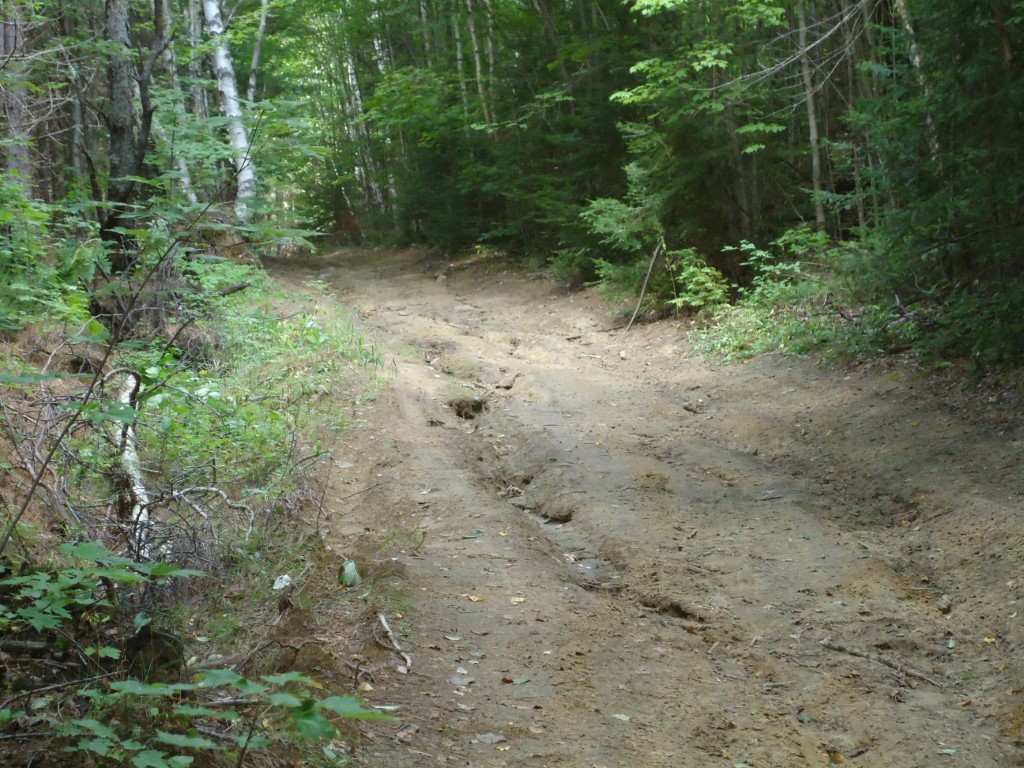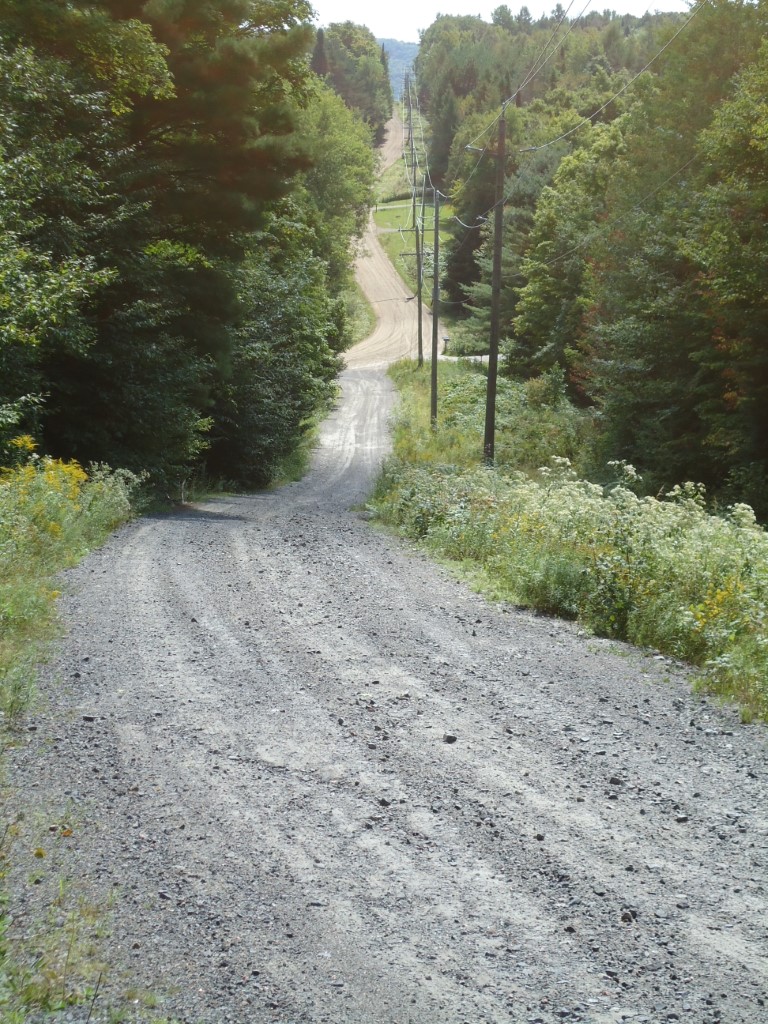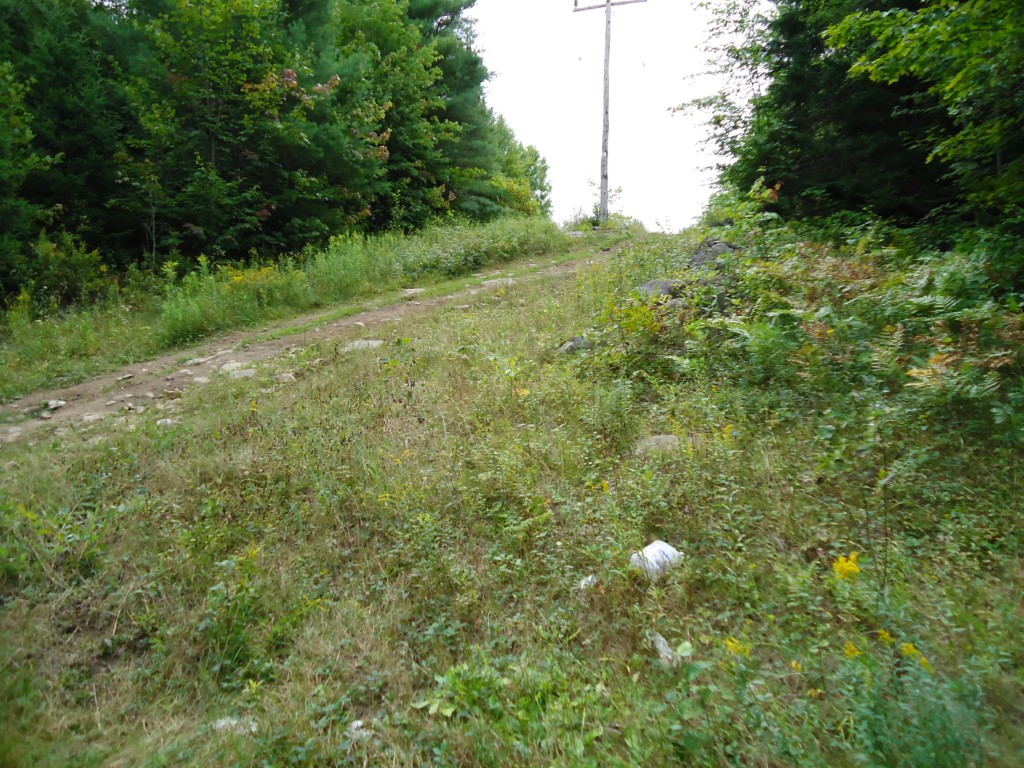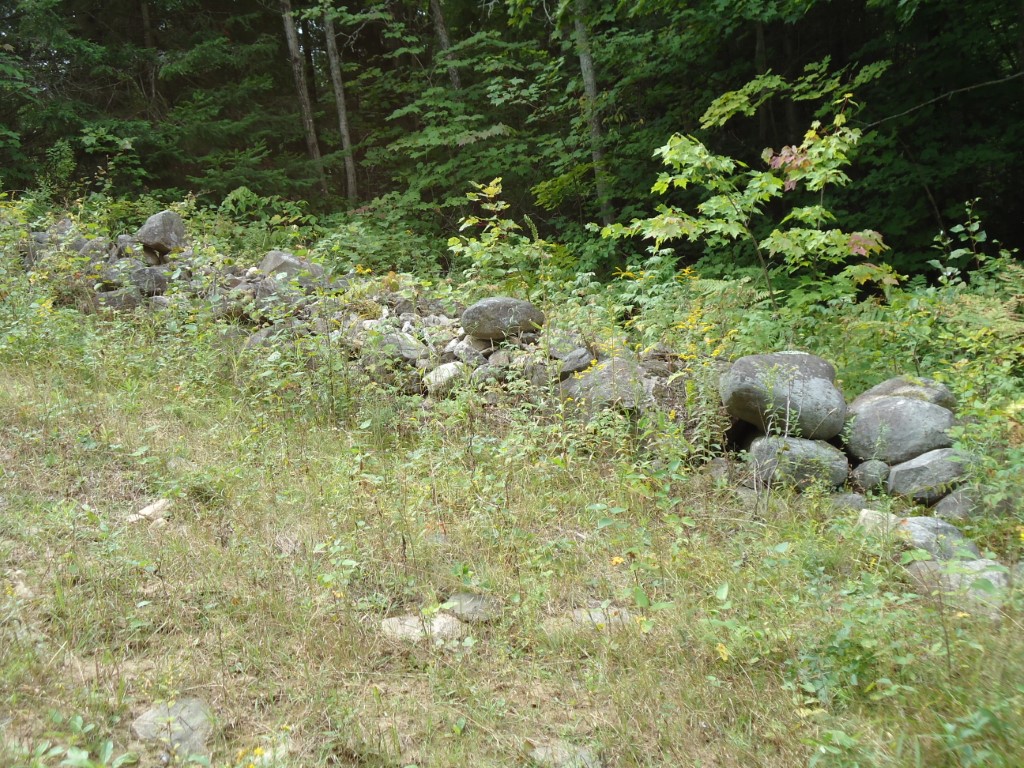RESEARCH A.K.A. DIGGING FOR BURIED TRUTH
Everything I’ve ever read about the Muskoka Road says that it got to North Bay in 1884. This information bothered me for two reasons. One, I couldn’t find the primary source to confirm it – a survey or newspaper report, or a map showing the route in 1884. Two, all the research I was doing about the North Bay area at that time – and about the towns to the south of North Bay that the road apparently went through on its way, towns like Powassan, South River, Trout Creek – said that these towns sprang up around railway depots, not a road.
But all these articles said the road got to North Bay in 1884.
You can guess where this is leading. I recently found the primary source material: annual reports from the Superintendent of Colonization Roads. I read them from 1880 to 1913. And the road went nowhere near North Bay. It terminated in Nipissing Village in 1898.
Who knew I was writing an exposé?
And what about these other articles? Where did this myth of North Bay in 1884 come from?
Here’s my theory. The accepted story of the Muskoka Road includes its evolution into the Ferguson Highway, which ran from Temagami to North Bay in 1927, and was quickly extended southward to encompass the supposed route of the Muskoka Road. I now know that the Ferguson between North Bay and roughly Sundridge encompassed trunk roads built by the government around 1900, not the Muskoka Road. This seems to have been forgotten over time. And as the Ferguson in turn evolved into today’s Highway 11, the details of the origin of the highway became less important and the misinformation kept getting repeated in later reports.
I am very glad that I dug deeper and did not continue to perpetrate the myth. Stay tuned for the next episode of CSI Muskoka!



